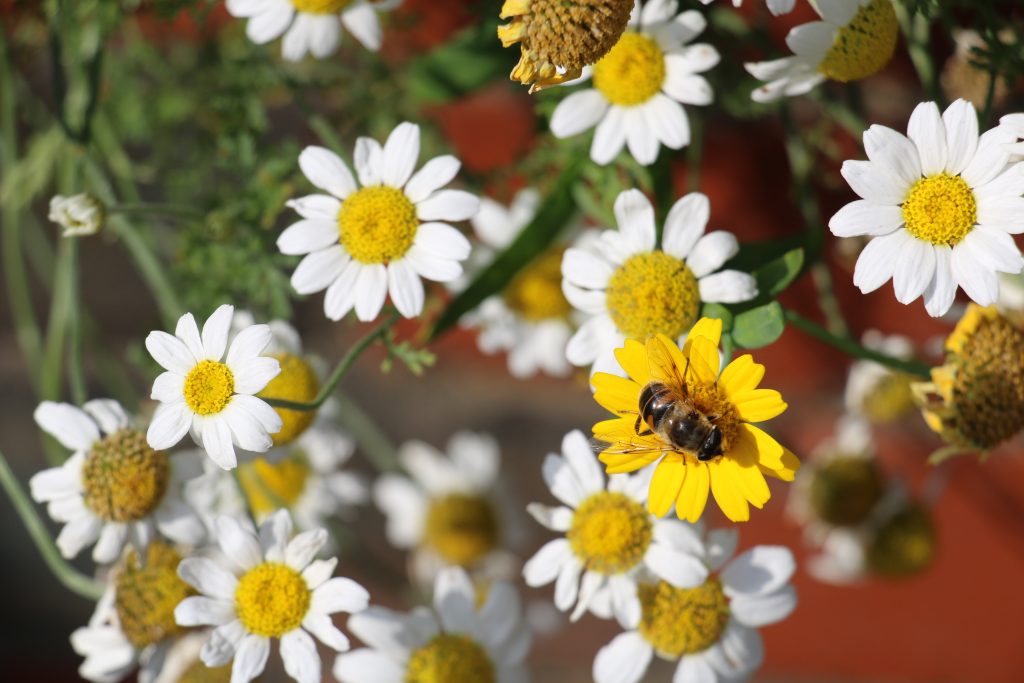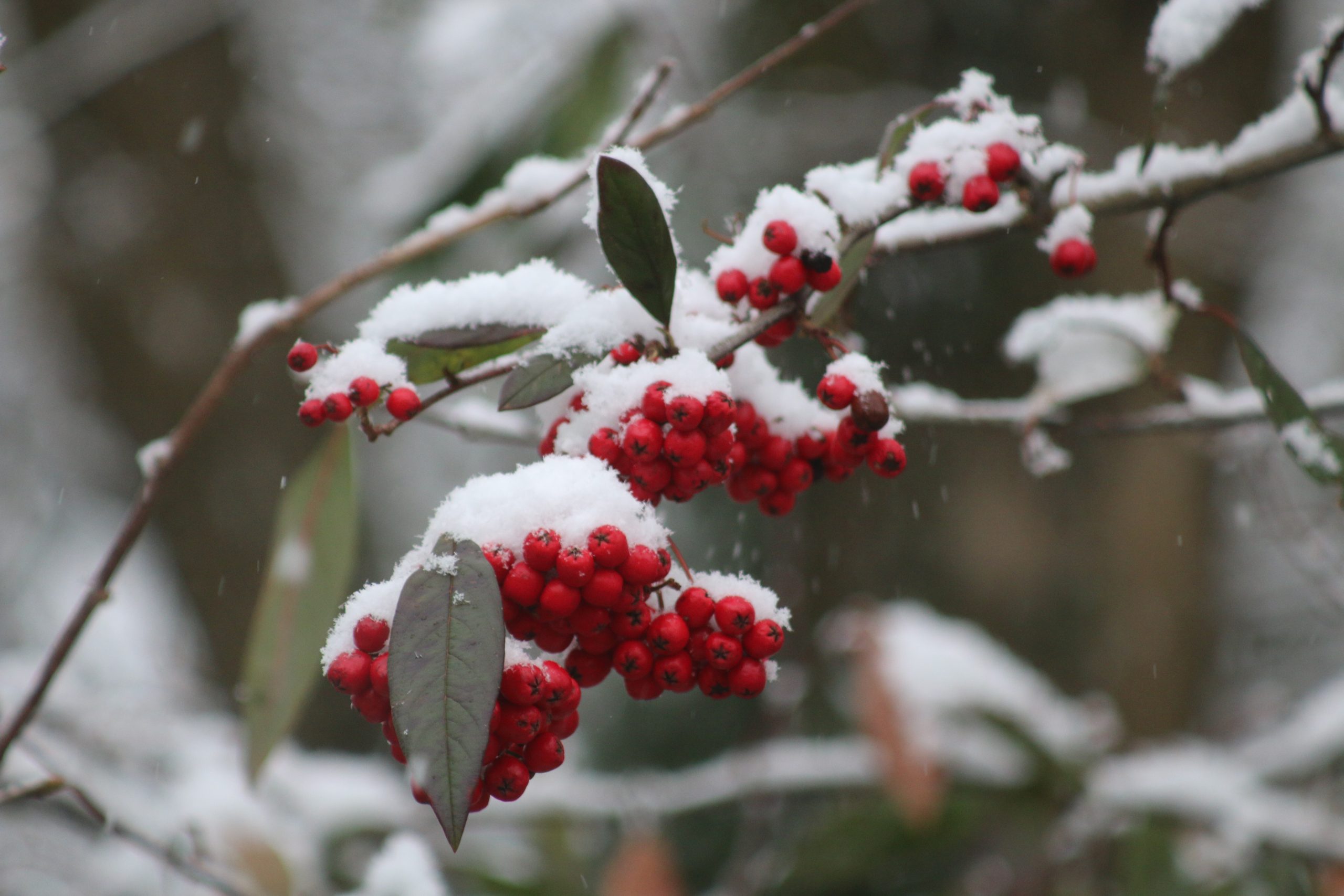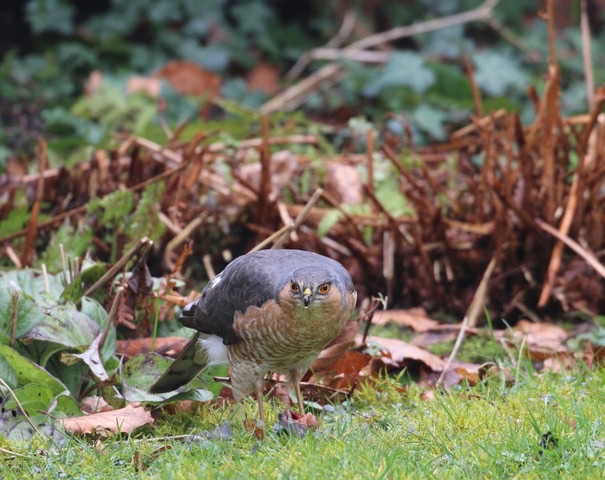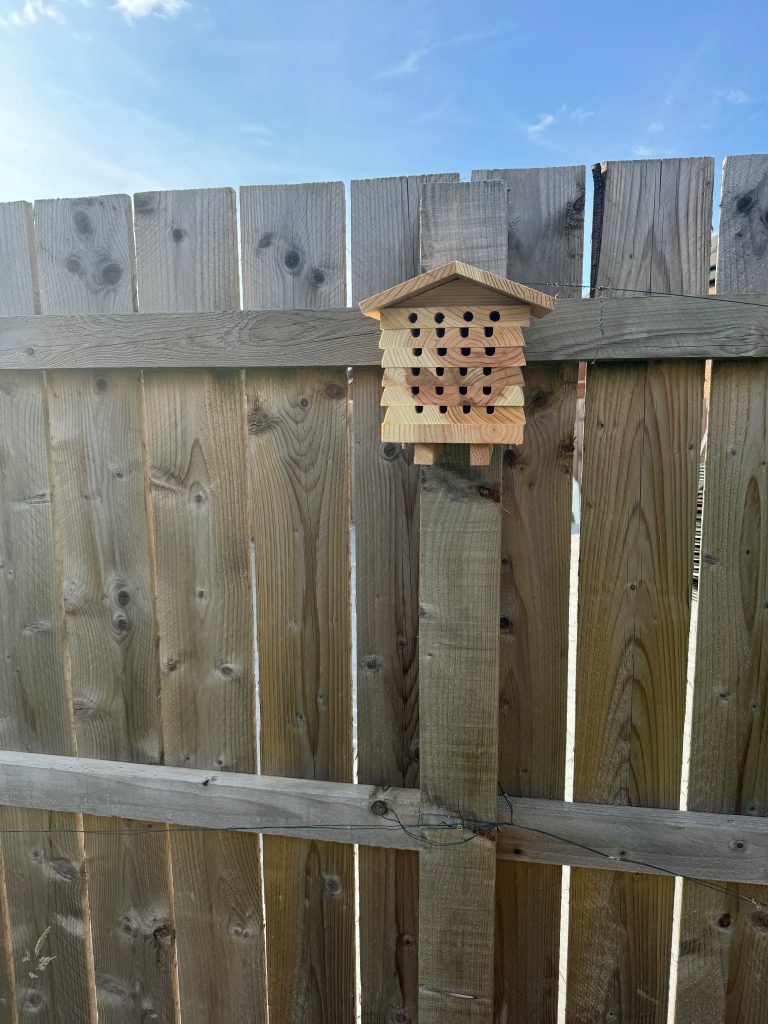What is Biodiversity?
Simply put, it is a measure of the different types of living organisms all over the Earth. From plants, animals, insects to birds, trees, flowers and micro organisms. Usually within a particular area so the biodiversity of north east Lancashire would be different to that of the Cairngorms or Cornwall. The biodiversity of countries will be different. Compare Iceland and Malawi. Biodiversity is essential for human life. We rely on the ecosystems set up by biodiversity for our food, the air we breathe and the thermodynamics of our lives. Everything is inter-connected and dependent on everything else.

What is the state of Biodiversity in the UK today?
In the UK the news is not good: Scientists estimated in 2023, due to human activity, the UK has lost around half of its biodiversity since the Industrial Revolution. This is based on abundance and species richness. The agricultural revolution has also had effects on plants and animals. Highlights from the State of Nature Report Study include: 16% (or one in six) of 10,000 species assessed are at risk of being lost from the UK. We are already classified as one of the world’s most nature depleted countries – in the lowest 12% of global countries and territories. (rewildingbritain.org.uk). Worse than China and most of Europe.

Overall global biodiversity intactness is rated at 75% somewhat short of the 90% average considered to be a safe limit before tipping into ecological recession. The UK reading was 53% which is most disconcerting.
Before monitoring began in 1970 our biodiversity in the UK had been highly depleted by centuries of habitat loss, unsustainable farming practices, necessary and perhaps some unnecessary development, persecution, invasive alien species, overexploitation of the natural environment and pollution.
According to Stedman-Evans (1997) socio economic causes are at the heart of biodiversity loss. It is thought that ecological meltdown goes hand in hand with increasing pollution, habitat loss and ever rising CO2 emissions.

Some other direct human drivers, such as changes in local land use and land cover, introduction or removal of species, agricultural practices eg harvesting, air and water pollution (Climate, 2005), are not always in the hands of individuals but of landowners, councils and the government.
Endangered Species in the UK are hedgehogs, red squirrels, water voles, beavers, Scottish wildcats, hazel dormice, grey long eared bats, Cicadas, turtle doves, lesser spotted woodpeckers, wart biter crickets, natterjack toads and the smooth snake.
Did you know?
There is a Red list for endangered birds of about 70 species. In 1996 this stood at 36! The list includes skylark, linnet, nightingale, curlew, swifts, house martins and the house and tree sparrows. The Black list contains species that have not bred in the UK since 2009, now standing at 9 including the golden oriole.
Did you know?
Two spoonfuls of Neonicotinoids – a pesticide, can kill 2.5 billion insects – no wonder the bird population is in free fall.

Are there any effects on human lives if biodiversity is lost?
Biodiversity loss can have significant direct human health impacts if ecosystem services are no longer adequate to meet social needs. Indirectly, changes in the ecosystem affect access to food, land, clean water and have a knock-on effect on income and livelihoods, local migration and, on occasion, may even cause or exacerbate political conflict. (wildlifetrusts.org Jun 2015).
If there are not enough bees to pollinate the crops then we lose a food source. It may come as a surprise to many global citizens that loss of biodiversity would result in widespread starvation.

Biodiversity is said to be the “engine that produces everything that we can consume… think of it like a wild supermarket that provides us with food and other gifts without us doing anything”. (theguardian.com 2024 > 2yrs old)
Scientists believe it is a relatively straightforward process to improve biodiversity ratings. However, they say that this shouldn’t be done by letting developing nations provide our goods and grow our food. This activity is known as “offshoring” and results in the depletion of the biodiversity of other countries in order for ours to increase.
What can be done to reverse these declines?
Wake up… All hands needed on deck!
The benefits of preserving threatened and endangered species are invaluable. Humans can play a major role in biodiversity conservation.
At the same time we need to be able to grasp the fine detail of things and be aware of the broader picture as well as what the future may bring if we fail to grasp the significance of biodiversity.
Remember …. Extinction means forever – never to recover.
It was Elizabeth Browning who said, “Let me count the ways…” As with decreasing our carbon footprints almost all of our daily actions will have an effect on biodiversity. Small actions can lead to greater changes.
Reduce your carbon footprint in big and small ways
Click to go to our how to page…
Water Pollution – What Goes down Your Sink?
We need to aim to improve the lives of fish and mammals in our rivers, lakes and oceans. In addition to marine life, our coral reefs and plant life are also endangered.
Think of the chemicals that pass down the plug holes of our bathroom and kitchen sinks, toilets, showers and baths. All our toiletries – shampoos, conditioners, shower gels, toothpaste and soap. Kitchen products too; washing up liquids, dishwasher tablets, washing powders and conditioners. This is in addition to pollution from home cooking, the hospitality sector, industry and farming practices.
Use eco friendly products.
Do not pour things willy nilly down your sink, for example oil, old paint or anything of a chemical nature.
All soap, whether biodegradable or not, affects the chemistry of rivers and lakes and has a negative impact on fish and other organisms. Soap (including handmade and commercially made) falls into the category of surfactants. Synthetic detergents are also surfactants. (thejanitorialstore.com).
We must even take care to use the minimum amount of natural cleaning products like white vinegar and bicarbonate of soda.
Beauty products also are harmful to the environment through water pollution, growing palm oil for creams, transportation and the use of single use plastics in the packaging. (green-sail.com). Microplastics are also another major problem. Originally from exfoliating skin products, they get broken down and eaten by marine life which we then eat so potentially causing problems in the human body.
Conserve water.
Water is precious – even though we have lots of rain in some areas of the UK it will become a major issue.
Take shorter showers and have a water butt. Only heat the water you need in a kettle. Wash clothes less often. Have a shower instead of a bath if possible. Use environmentally friendly white goods – washing machines and dishwashers.
Refuse to use Single Use Plastics.
Plastic from littering is found in all our rivers and seas. It can entangle, starve and kill all marine life and mammals.
Microplastics wear or break off from larger plastics eg. bags/bottles and pollute the soil getting into our crops and livestock. They enter water courses , contaminate drinking water and spill into oceans entering into the fish and other marine food chains, They float around in the air we breathe and are inhaled. (https://www.hyms.ac.uk/about/news/2022/scientists-discover-microplastics-in-deepest-section-of-the-lungs). See also Matt Simon’s book “A Poison Like No Other. How microplastics corrupted our planet and our bodies.” Micro or nano plastics are even found in the bodies of newborn babies.
The effect on human health of plastics is only just beginning to be understood.
Apparently the Great Pacific Garbage Patch now measures 1.6 million km2 and contains 1.8 trillion pieces of plastic. See: https://theoceancleanup.com/great-pacific-garbage-patch
See Beatthemicrobead.org to check out your cosmetics for micro plastics and find those not affected.
Reduce, Reuse, Recycle.
Buy fewer things eg. clothes, household goods, toys, gifts and electrical products (and when you do make sure that their origins work in favour of biodiversity). Think about where all these goods will end up. There is only so much countryside that will absorb all our landfill rubbish.
Less is more in favour of the environment.
Reuse and recycle as much as possible. This is hard to do at first, but does become a way of life.
Find a Repair Café near you.
In Your Garden.

To preserve the bees and other pollinators, moths, butterflies and insects, plant flowers and shrubs that will attract them:
Cease or limit the use of pesticides.
Let the grass grow – take part in No Mow May – bees need all the food they can get hold of in June as there is a gap here between spring and summer flowers.
Start a compost heap.
Have a log pile that will act as an insect hotel.
Add water to your garden – a pond is a real boost for wildlife.
Have a hedgehog shaped hole in your fence or wall.
Plant berry bearing shrubs such as hawthorn, holly and crab apples to help birds.
